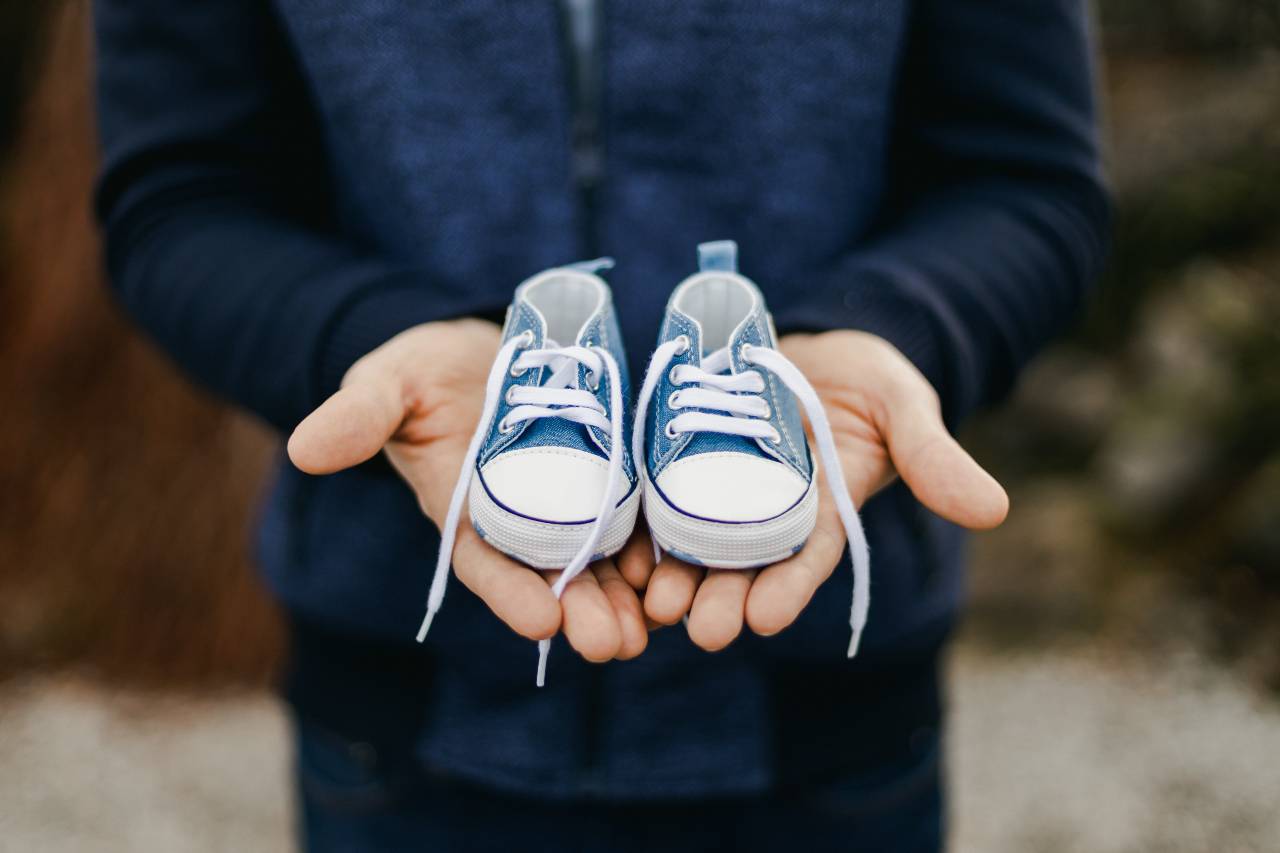
If your baby has gotten to the stage where they’re standing up and taking steps while using furniture (or anything at their eye-level, really) for support, congratulations! Your little one is officially cruising, which means they’re not that far off from walking. But how long after cruising do babies walk? Like with most milestones, it depends on your baby. Everyone is different, and there is no concrete timeline they’ll follow. (If you’re concerned about your baby’s development, reach out to their doctor.)

According to Parents, your baby will start cruising after they learn to pull themselves up to stand, which can happen at around nine to 10 months (after they’ve developed enough strength in their legs and ankles to lift up their torso). Because independent walking can happen anywhere between the nine- to 18-month mark, they might start taking steps on their own as early as a few days after cruising, or several months. If a baby pulls up to stand at 10 months, they may start walking a few days after, or they may not walk for another eight or nine months. Both scenarios are totally normal, but an exact timeline is impossible to define.
Parents reports that a few things can impact when your baby tries to start walking. Bigger babies might take a little longer because they need to develop more strength to stand. And surprisingly, birth order can also make a difference. The magazine reports that babies with older siblings might feel more motivated to walk because they want to “keep up” with their big brother or sister. Also consider asking your doctor to check for an ear infection if your baby isn’t walking by the 16-month mark. According to Dr. Jody L. Jensen, professor of kinesiology at the University of Texas, “An ear infection can throw off a baby’s balance and delay walking.” A baby’s temperament can also make a difference. Some babies are just bigger risk-takers than others and want to start exploring on their feet as soon as possible. Babies who are a little more cautious won’t start walking until they feel confident they won’t fall.

If you want to help your cruising baby learn to walk, remember: Patience is key! They’ll take off when they’re ready. But in the meantime, make sure you’re making your space as safe as possible for them. What To Expect suggests lining up stable furniture so they can steady themselves as they go, and baby-proofing any sharp corners where they could potentially hurt themselves. Make sure any shelves are secured tightly to your walls and that any wiring is concealed. Giving them a soft surface on which to land when they fall, like a rug or play mat, can also be helpful.
Push toys can also be a great way to motivate your baby to get on the go by providing support as they exercise their legs, and, according to What To Expect, refine their balance and boost their confidence. However, stay away from walkers. According to the American Academy of Pediatrics, they can delay motor development and even lead to injuries from falling down the stairs or “gaining access to objects that otherwise may have been out of reach.”

Walking is an exciting milestone that, like anything else, takes time. Until then, celebrate every little accomplishment — including cruising! It’ll make them feel proud of themselves and give them the confidence they need to start taking the next (literal) step.


